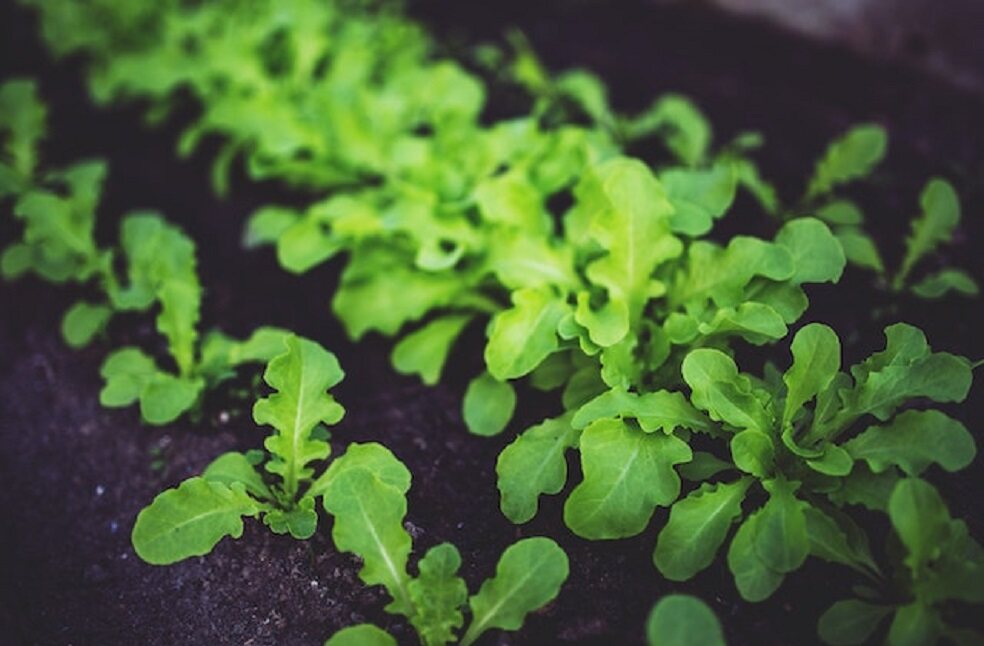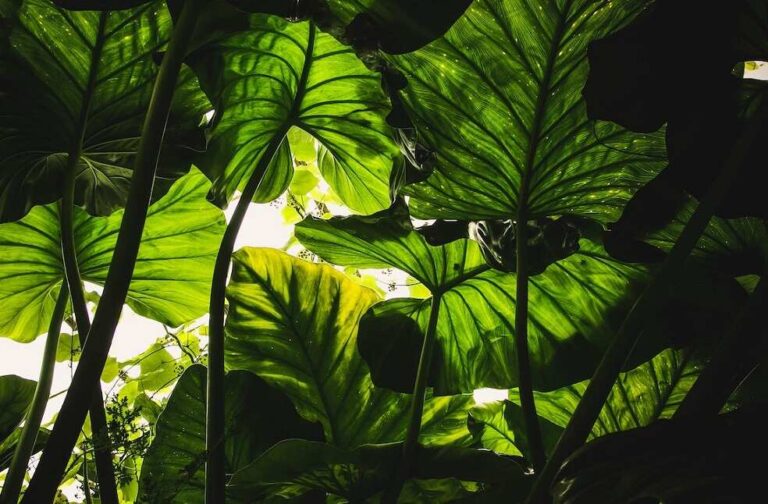Israel: A new finding shows that the plant kingdom is not as silent as it first appears, and that ultrasonic sounds released by plants may even help alter their ecosystems, according to one independent expert who called it “exciting and thought-provoking.”
A plant eventually reaches a point in its existence when the head droops, the leaves become pale and the body erupts in a hail of ultrasonic sounds similar to stamping on bubble wrap. A lack of water or a sudden wound can also cause plants to create staccato pops, which adjacent species may respond to. While any gardener is familiar with the wilting and discolouration that come with drought, experts suggest that this phenomenon is not limited to plants.
“When these plants are in good shape, they produce less than one sound per hour, but when stressed they emit many more, sometimes 30 to 50 per hour,” stated Prof. Lilach Hadany, an evolutionary biologist and theoretician at Tel Aviv University.

Prof. Hadany and her coworkers recorded the sounds made by greenhouse-raised tobacco and tomato plants. Healthy plants made clicks and pops, but when the plants were dehydrated or had their stems chopped, the sounds came in far more rapid bursts. The sounds may be heard three to five metres away.
There is no proof that the noises represent an attempt at communication, any more than a crackling log on fire indicates that it is in distress. Prof. Hadany, however, asserted that the sounds might still be advantageous for adjacent species, possibly influencing the vegetation that animals eat or the locations of insect ovipositor sites. The scientists speculate that the sounds are caused by a process known as cavitation, in which the water columns in dried plant stems break down and release air bubbles.
Prof. Hadany claims that the discovery could increase irrigation efficiency by employing microphones along with other sensors to detect when plants need more water. This is true whether or not anything is listening to the sounds.



